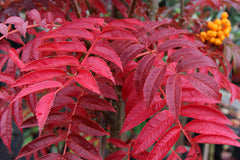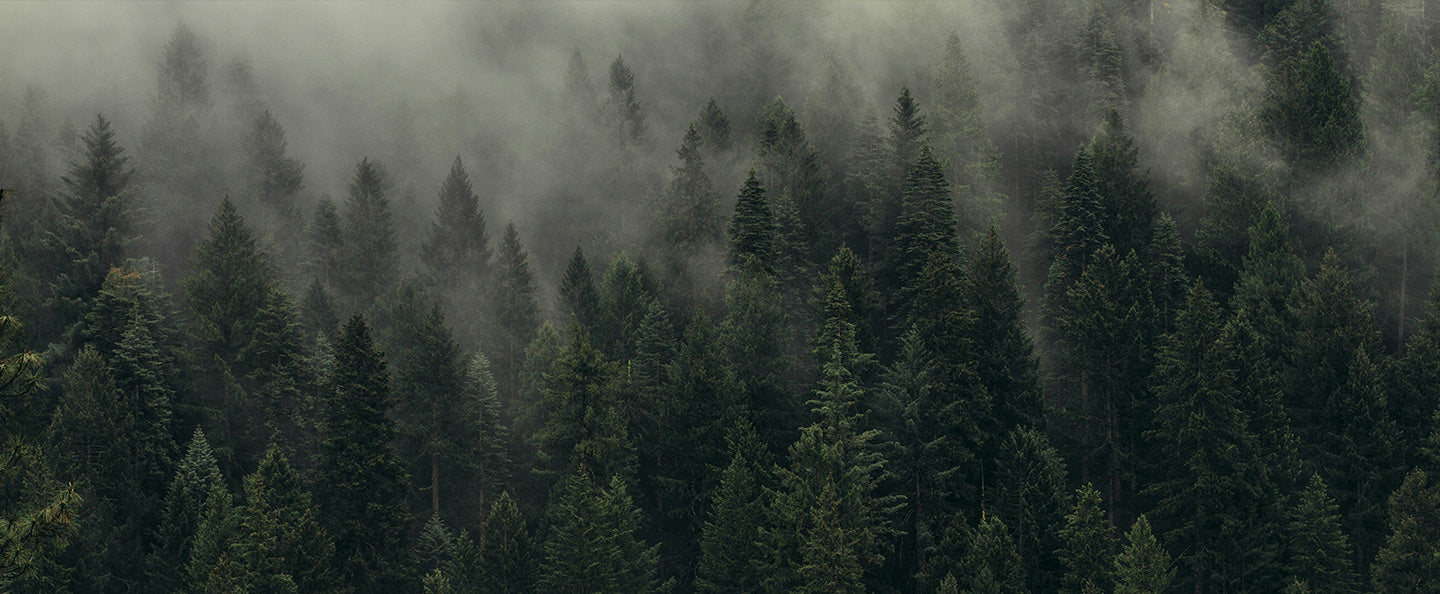why do leaves change colour in autumn?
Introduction
As the hot months of summer fade into the cooler autumn, deciduous trees start to ready themselves to drop their leaves. They do this because they are not going to need the leaves in winter. The weather will be cold and plants cannot heat their own bodies. In the cold weather, their inner processes slow right down. Water becomes less available and less mobile in the plant in freezing weather, so it makes sense to get rid of leaves that could be losing precious water to the air.
The plants deal with all of this dramatic change in circumstances by dropping their leaves. However, the plants do not just throw away health green leaves intact. Before shedding the leaves, they withdraw as much of the goodness from the leaves as they can. The most noticable change is that they break down and remove all of the chlorophyll. Chlorophyll is the green pigment that they normally use to absorb sunlight and convert the energy to carbon-based storage compounds.

As the chlorophyll degrades, its green colour disappears from the leaves. Other colours that were previously there, but masked by the green chlorophyll, suddenly become visible. These colours include the yellow-orange carotenoids and the red-blue anthocyanins. The combination of these two remaining pigments produces the vivid fiery autumn colours that we associate so strongly with autumn in certain parts of the world.
Further changes also occur. Most obviously, the parts of the leaves that are joined to the branch begin to break down. The cell walls in these regions are degraded, and once they reach a certain stage in this process, the leaves just fall from the trees. This produces the atmospheric raining down of yellow and orange autumn leaves that brings us so much enjoyment as the last days of summer slip away.
Incidentally, the warm sweet smell that we associate with kicking our feet through piles of autumn leaves is actually the smell of the bacteria that have begun to degrade the leaves as they lie piled up on the ground. The bacteria are not harmful to humans or animals, and this process is just the same as that of a good healthy compost heap.

The leaf colours of autumn are one of life’s great pleasures, like the light of an open fire or a hot drink in cold weather; and you can easily have your own show in your garden. A wide variety of suitable trees are available and listed below.
For an even more dramatic show, various parts of the world are well worth a visit. In Maine in the USA, where Maple trees are grown extensively for their maple syrup, whole hillsides change to yellow and orange in autumn. In the west of Scotland there are also large stands of deciduous trees that turn mountainsides to fiery reds and yellows every year. What a sight to see!
Next week – evergreens – what’s their secret, and why do they not drop their leaves?
Suggested Articles


